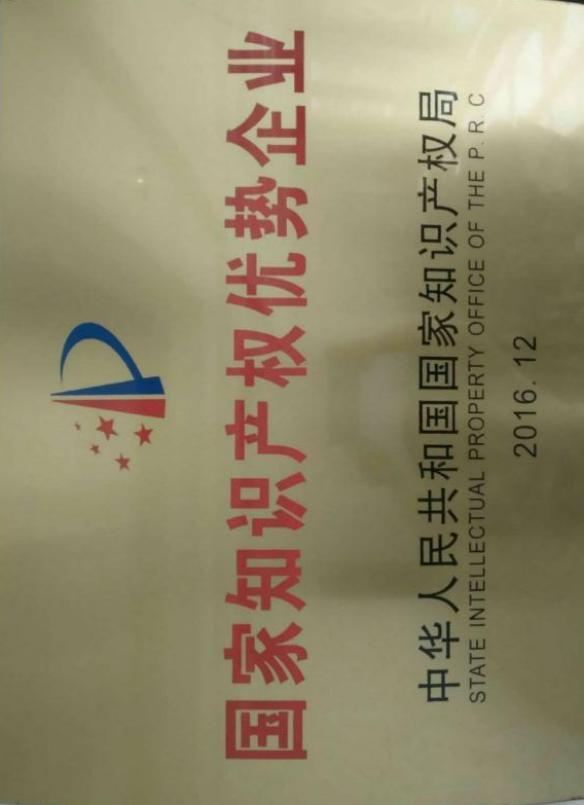
Nov . 19, 2024 17:32
Back to list
cyclone separator
Cyclone Separator An Overview of Its Functionality and Applications
A cyclone separator is a device used in various industries to separate particulate matter from gases or liquids through the principles of inertia and centrifugal force. This technology has gained popularity due to its effectiveness, efficiency, and relatively simple design, making it a preferred choice in many applications ranging from industrial processes to environmental management.
Working Principle
The fundamental working principle of a cyclone separator involves the creation of a vortex that separates particles based on their size and density. When a gas or liquid stream enters the cyclone separator tangentially, it is forced into a spiral motion. As the fluid spirals downwards, centrifugal force pushes the heavier particles towards the outer wall of the separator. These particles then lose velocity and descend to the bottom, where they can be collected and disposed of or recycled. The cleaner, lighter fluid then moves upward to the center of the cyclone and exits through the top outlet.
This separation process is highly efficient, particularly for particles that are denser than the fluid. The effectiveness of a cyclone separator is influenced by several factors, including the design of the cyclone, the speed of the incoming flow, the properties of the particles being separated, and the viscosity of the fluid.
Design and Construction
Cyclone separators are generally constructed from materials that can withstand the abrasive nature of the particles being processed. Common materials include carbon steel, stainless steel, and plastic composites. The design can vary significantly depending on the specific application, but most separators share a conical or cylindrical shape to facilitate efficient flow.
Key design considerations include the inlet geometry, the cone angle, the height of the cylindrical section, and the size of the outlet. Each of these parameters can be tailored to optimize performance, depending on the specific characteristics of the particles that need to be removed and the properties of the fluid.
Applications
Cyclone separators are widely used in various industries, including
cyclone separator

1. Dust Collection In industries where dust and fine particles are generated, such as woodworking, metal manufacturing, and food processing, cyclone separators serve as effective dust control measures. They help maintain air quality and protect workers' health.
2. Oil and Gas In the oil and gas industry, cyclone separators are utilized to separate suspended solids from drilling fluids, as well as to separate oil from water. They contribute to the overall efficiency of operations and help in waste management.
3. Chemical Engineering Many chemical processes produce particulate emissions that need to be controlled. Cyclone separators are employed to capture these particles before they escape into the environment, thus reducing pollution.
4. Agriculture Cyclone separators are used in agricultural applications, such as seed and grain cleaning. They help in separating unwanted materials from the produce, improving the overall quality.
5. Wastewater Treatment In municipal and industrial wastewater treatment, cyclones assist in the removal of solids from liquid effluents, contributing to cleaner discharge and compliance with environmental regulations.
Advantages and Disadvantages
Cyclone separators offer several advantages. They have no moving parts, which minimizes maintenance needs and reduces wear. They can handle large volumes of material and vary in size from small portable units to large industrial systems. Additionally, they can operate effectively at high temperatures and pressures.
However, there are some limitations. Cyclone separators are less effective for very fine particles, typically smaller than 10 microns, due to limited inertia. Moreover, their efficiency can decrease if the inlet velocity is not optimized.
Conclusion
In conclusion, cyclone separators are a valuable tool for separating solid particles from fluids in a wide range of applications. Their simplicity, efficiency, and effectiveness make them an essential component in industry processes that require dust control and solid-liquid separation. As technology continues to evolve, cyclones are likely to adapt, enhancing their performance and expanding their applications within multiple sectors.
Latest news
-
Safety Valve Spring-Loaded Design Overpressure ProtectionNewsJul.25,2025
-
Precision Voltage Regulator AC5 Accuracy Grade PerformanceNewsJul.25,2025
-
Natural Gas Pressure Regulating Skid Industrial Pipeline ApplicationsNewsJul.25,2025
-
Natural Gas Filter Stainless Steel Mesh Element DesignNewsJul.25,2025
-
Gas Pressure Regulator Valve Direct-Acting Spring-Loaded DesignNewsJul.25,2025
-
Decompression Equipment Multi-Stage Heat Exchange System DesignNewsJul.25,2025

